What is Cataract?
However, when the lens becomes cloudy, light cannot be transmitted sufficiently, which impairs vision. If left untreated, the blurred areas can grow in size and number over time, severely limiting vision. This can lead to a person being unable to lead their daily life. It is known that 90% of cataracts develop due to aging. However, it can also be caused by systemic disorders, other eye diseases, medication, trauma or congenital causes. Congenital cataracts require immediate surgical intervention if they completely block the baby's pupil.
In babies younger than three years of age, lens implantation is not performed during the surgical procedure because the physical development of the eye is not complete. Although it is estimated that 50% of senile cataracts are genetically inherited, the specific genes that cause this condition have not yet been identified. For this reason, it is very important for people over the age of 40 to have detailed eye examinations at intervals of 2 to 4 years. After the age of 55, this interval should decrease to 1 to 3 years and after the age of 65 to 1 to 2 years. For individuals in these age groups, early detection and treatment of cataracts through regular eye examinations are critical for maintaining quality of life.
Get Free Consultation
Chose Your Topic
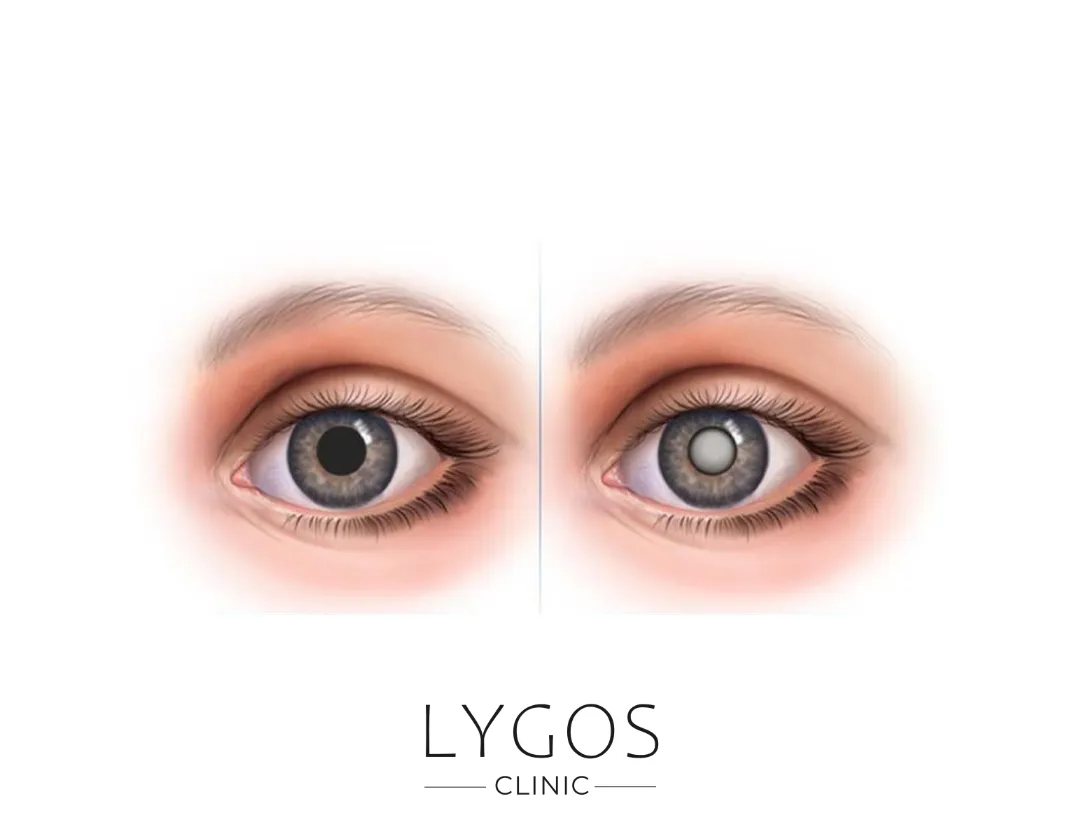
What are the Symptoms of Cataract?
Symptoms of cataracts usually appear with age and may not be obvious at first. Over time, the clouding of the lens of the eye increases. This starts to be noticed by people around you. Common symptoms include blurred, smoky or hazy vision. In some cases, spots may appear in the visual field. At the same time, these symptoms can become even more pronounced in situations where there is too much or not enough light.
Cataracts can also cause colors to appear faded and less vibrant. This can make daily activities difficult. Routine tasks such as reading the newspaper, watching television or driving a car can become increasingly difficult due to cataracts. In rare cases, double vision can occur, as well as halo formation around strong light sources. In addition, other symptoms of cataracts include:
- Inability to see far and near clearly.
- Sensitivity to light and glare.
- Deterioration of vision on sunny days.
- Frequent change of glasses numbers.
- Tendency to see near better without glasses.
- Decreased night vision.
- Loss of depth perception.
- Blurred vision.
- Pale and difficult perception of colors.
- Eye fatigue and headache.
How is Cataract Surgery Performed?
Cataract surgery can be performed quickly and comfortably thanks to the advanced technology offered by modern medicine. Before the operation, the eye area is usually numbed with local anesthesia. A small tunnel incision (approximately 2-3 mm) is created and a technique called phacoemulsification is used.
In this way, the clouded lens is broken up and removed by ultrasonic vibrations. After this procedure, a high-quality artificial monofocal or multifocal lens is implanted into the eye. Thus, the person’s vision is restored. The artificial lens implanted during cataract surgery not only corrects the cataract, but also corrects other visual defects. In this way, patients can see both far and near clearly without using glasses. The operation is usually completed within half an hour.
Patients are then advised to use eye drops for 3-4 weeks. Hospitalization is not required after surgery. If cataracts are present in both eyes, the surgeries are performed at the times recommended by the doctor. Both eyes are not operated on at the same time. Although there are some restrictions after surgery, patients can start using their eyes from the first day. In this way, the quality of life after cataract surgery improves rapidly and patients can return to their daily activities in a short time.
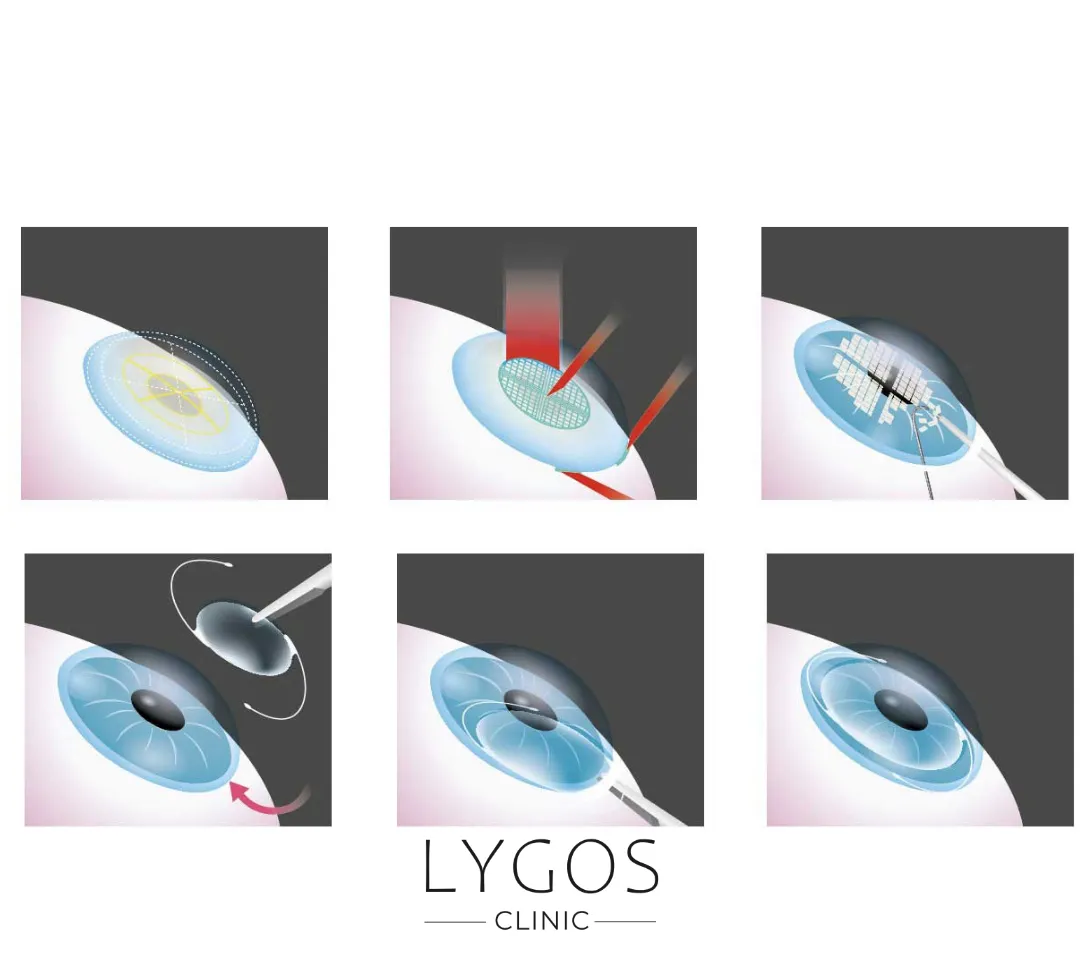

First Step
Before surgery, your ophthalmologist will examine your eye in detail.

Second Step
Local anesthesia is usually administered before surgery, which ensures that only the eye area is numbed.

Step Three
A small incision is made on the cornea of the eye. The cataract lens is accessed through this incision.

Step Four
The cataract lens is shattered and absorbed using ultrasound or laser technology. This procedure is called “phacoemulsification”.
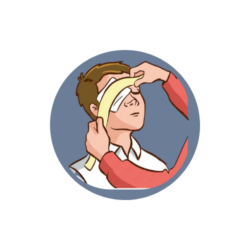
Step Five
A light bandage or a protective cap can be placed over the eye after surgery.
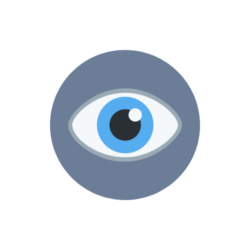
Step Six
You may need to use eye drops as recommended by your doctor during the postoperative healing process.
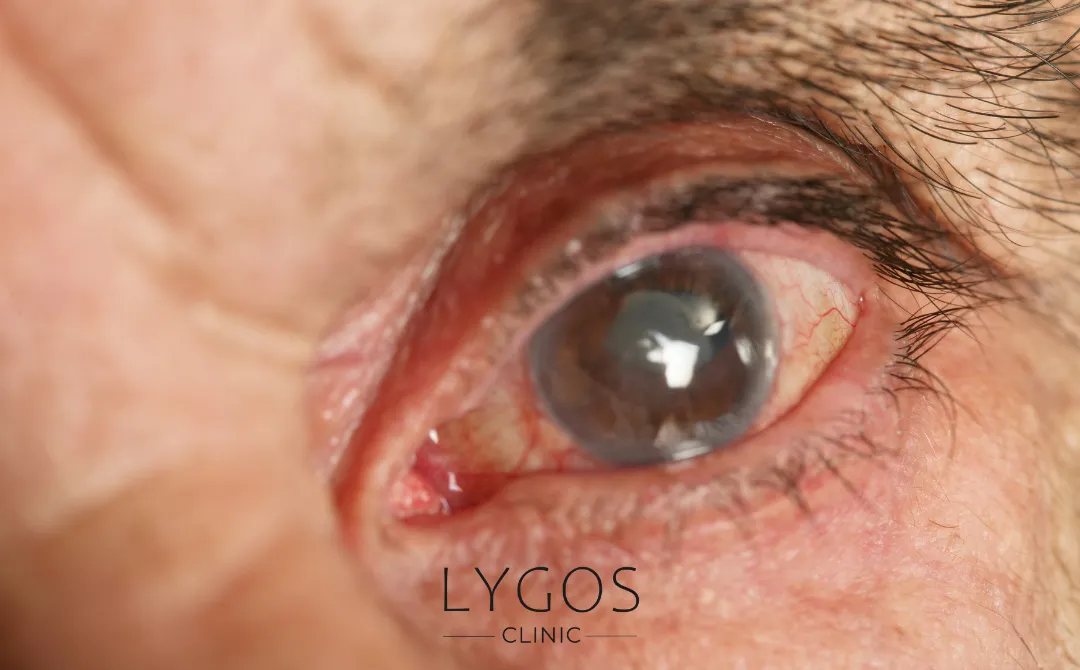
Who is Suitable for Cataract Surgery?
Age-related cataracts usually become apparent around the age of 55-60. In fact, cataract formation usually starts in the 40s. However, the symptoms are not noticed during this period. Symptoms of cataract usually appear in the 60s. During this period, people consult an ophthalmologist because of problems with their eyes and cataracts are diagnosed.
These patients are suitable for cataract surgery. The risk of cataract development increases with age. About half of people over 80 years of age develop cataracts. In rare cases, babies can be born with cataracts. It is also possible to develop cataracts at a young age due to trauma or certain systemic diseases.
How Many Hours Does Eye Cataract Surgery Take?
Laser Cataract Surgery
Cataract surgery can be performed with two main methods. The most common is laser cataract surgery. In this method, the surgeon makes a small incision in the eye. Using ultrasound or laser, the surgeon breaks the clouded lens into small pieces and removes it. An artificial lens is then inserted into the eye.
This technique is minimally invasive, does not require stitches and the healing process is very fast. However, in some cases, the lens may be too hard to be destroyed by ultrasound or laser. In such cases, the surgeon may opt for extracapsular cataract surgery. This method requires a larger incision in the eye. The lens is removed in one piece without fragmentation. The aim of both methods is to remove the cloudy lens so that the patient can see clearly.
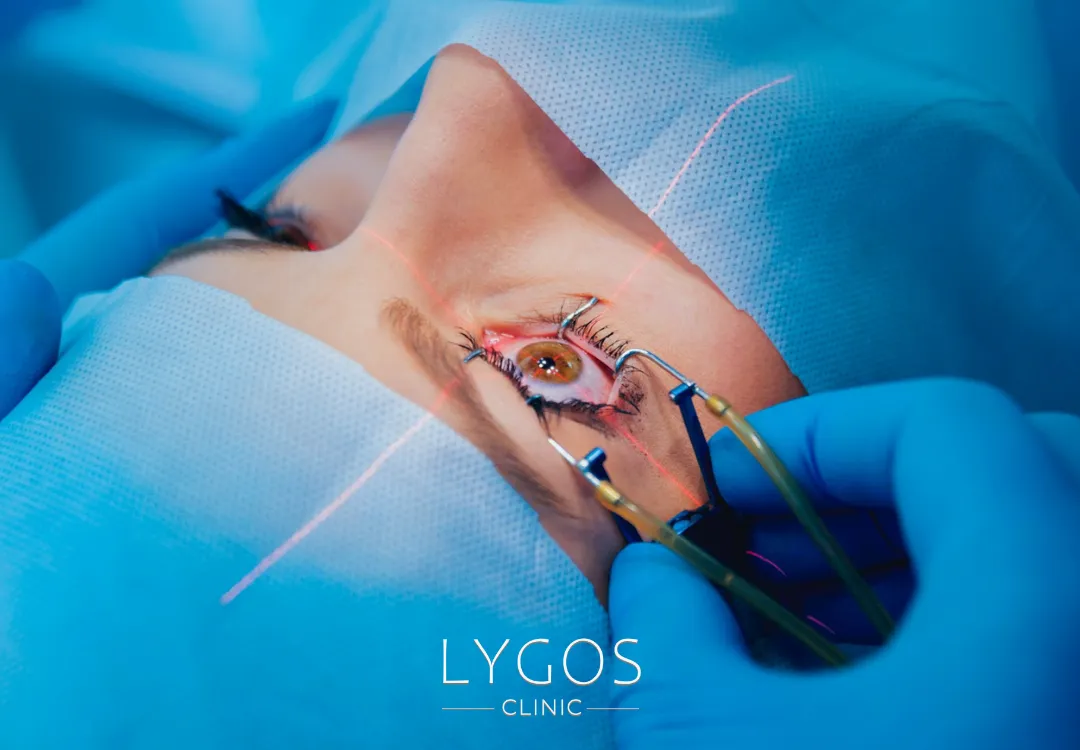
Cataract Surgery Results
Benefits of Cataract Surgery
- Corrects cloudy, smoky or hazy vision.
- It makes vision clearer.
- Eliminates sensitivity to light.
- Provides easier perception of colors.
- Treats eye fatigue.
- It improves headache.
- Provides patients to see better at night.
After Cataract Surgery
Cataract Surgery Costs
Major advances in cataract surgery in recent years have enabled patients to be treated more quickly and effectively. Therefore, there are several factors that determine cataract surgery costs. The type of intraocular lens to be used, the location and equipment of the health institution where the operation will be performed, the experience of the surgeon and his team, and the quality of the materials used are among these factors.
Before cataract surgery, it is important that the patient undergoes a detailed examination and the most appropriate treatment method is determined. Without completing this process, it is not possible to give clear information about cataract surgery costs. You can get detailed information about cataract surgery costs and other questions by contacting us.

Get a quote for Cataract Surgery
Frequently Asked Questions About Cataract
BLOG

Is Breathing Through the Mouth Harmful?
Chose Your Topic Is Breathing Through the Mouth Harmful? Breathing is one of the most fundamental needs of life. However,

Does Rice Water Make Hair Grow? | Benefits of Rice Water
Chose Your Topic Does Rice Water Make Hair Grow? Natural methods in hair care have become quite popular in recent

Breast Lump | Types: Benign, Malign and Causes | LYGOS 2025
Breast Lump While cancer stands out as one of the most common health problems today, early diagnosis rates are also





